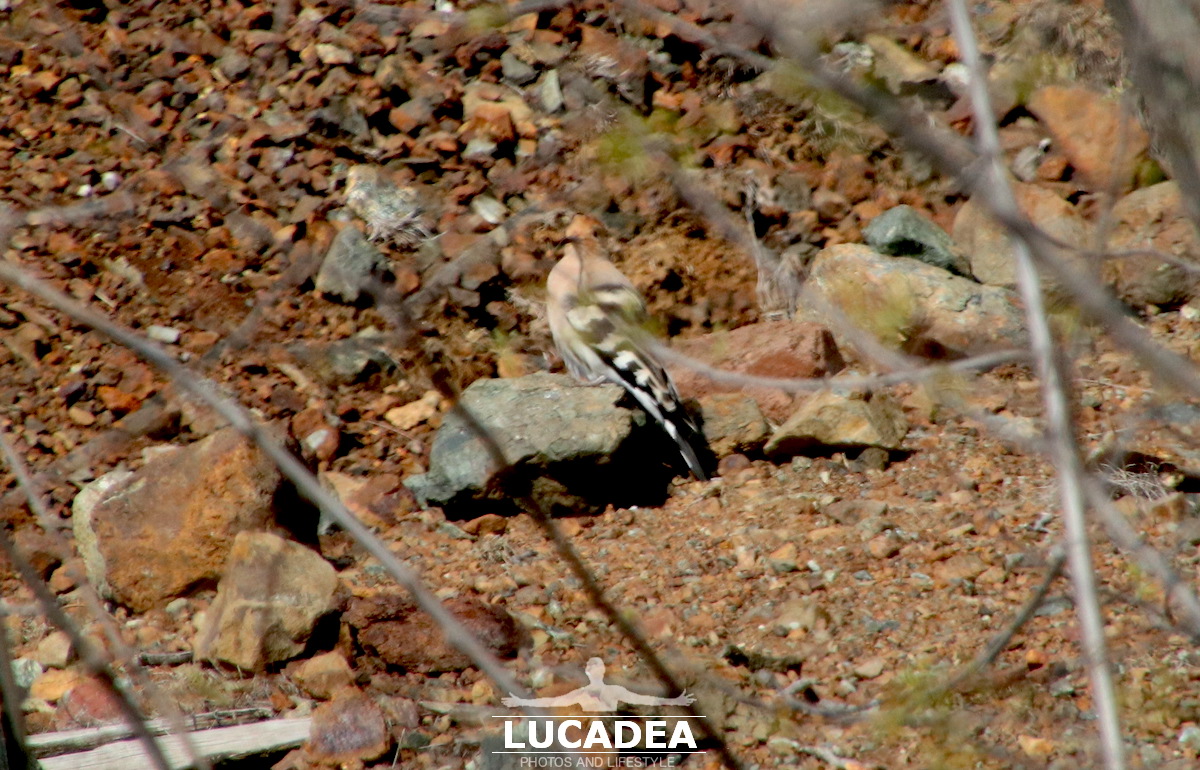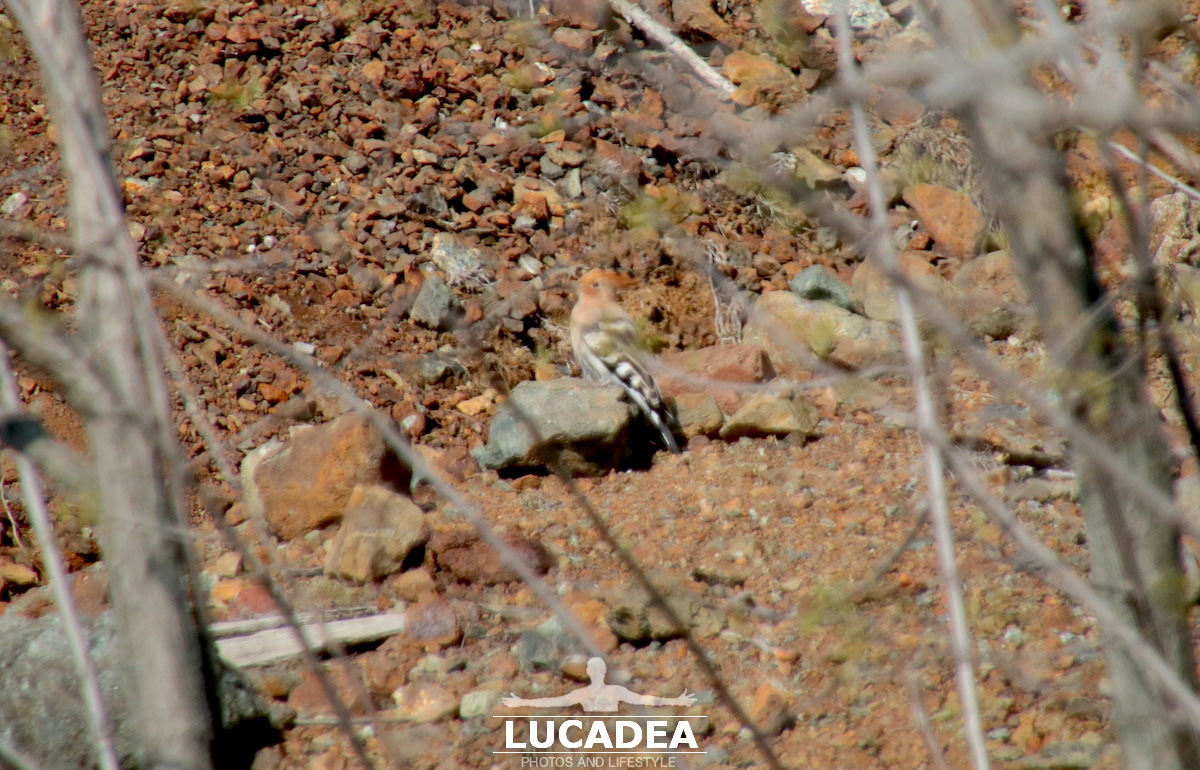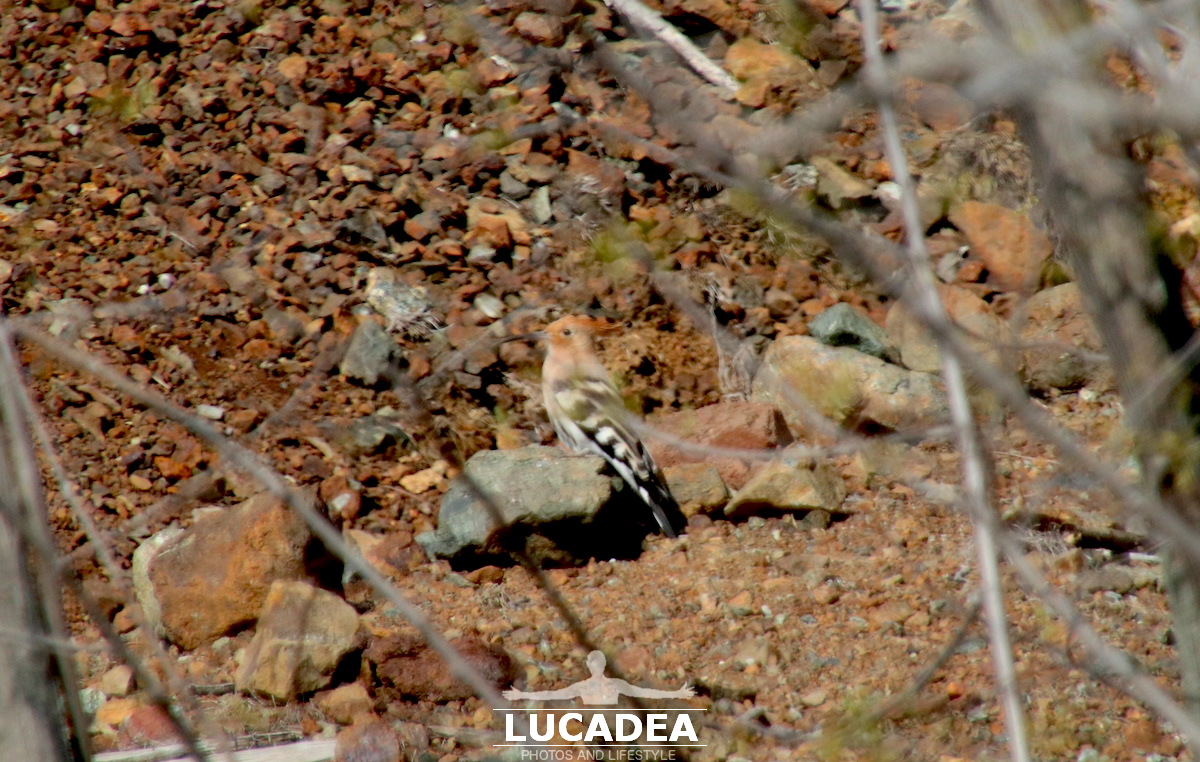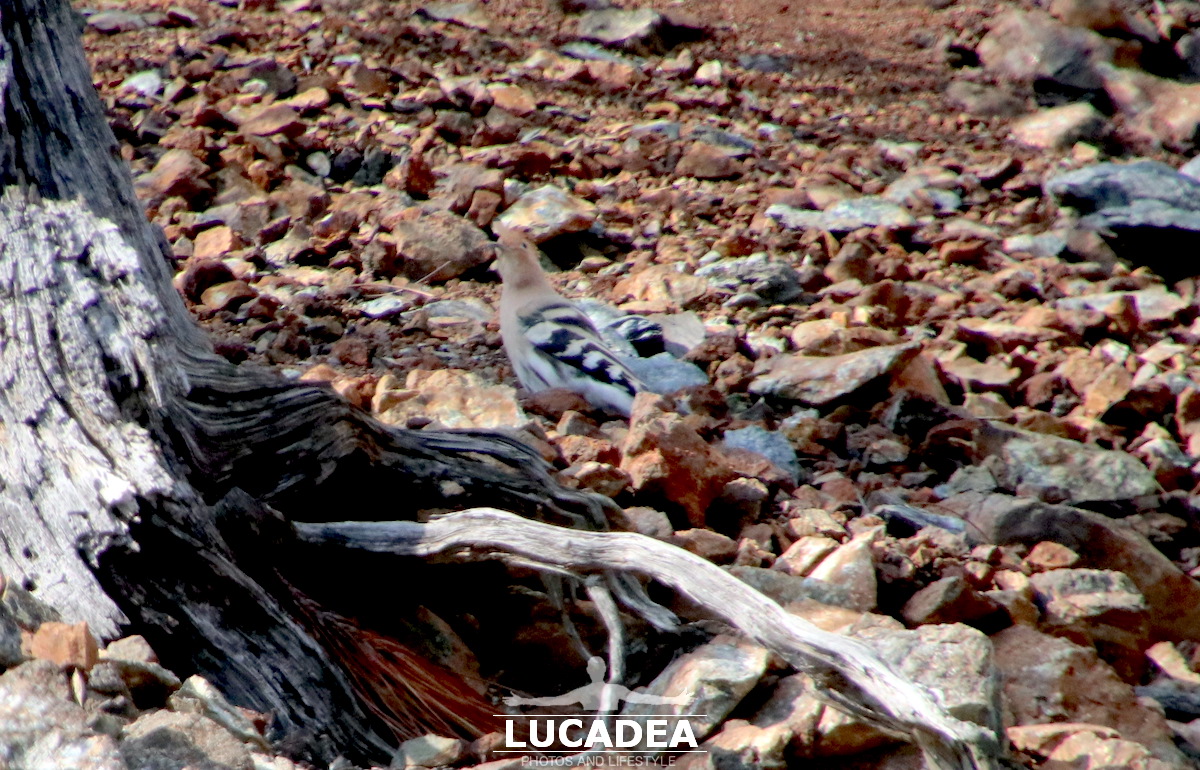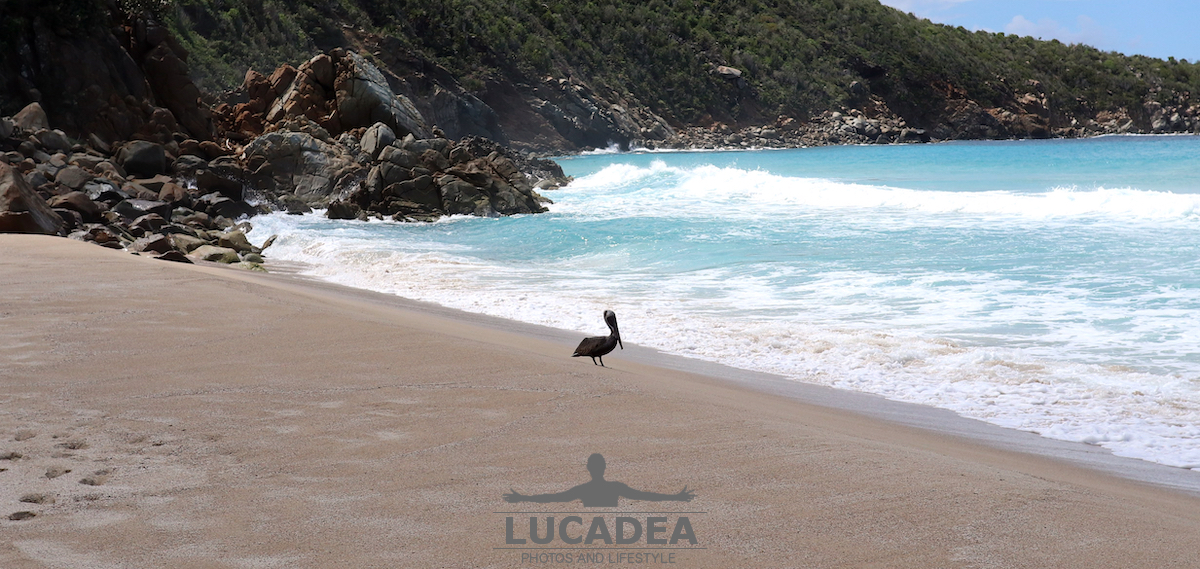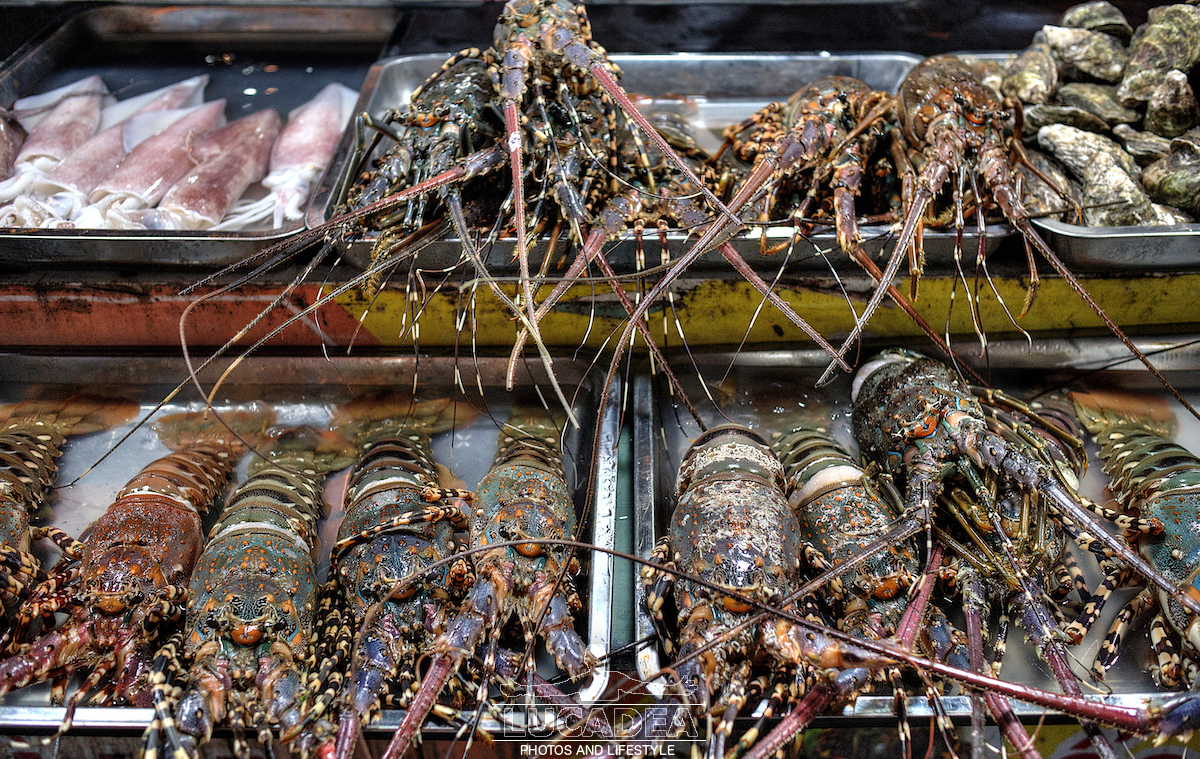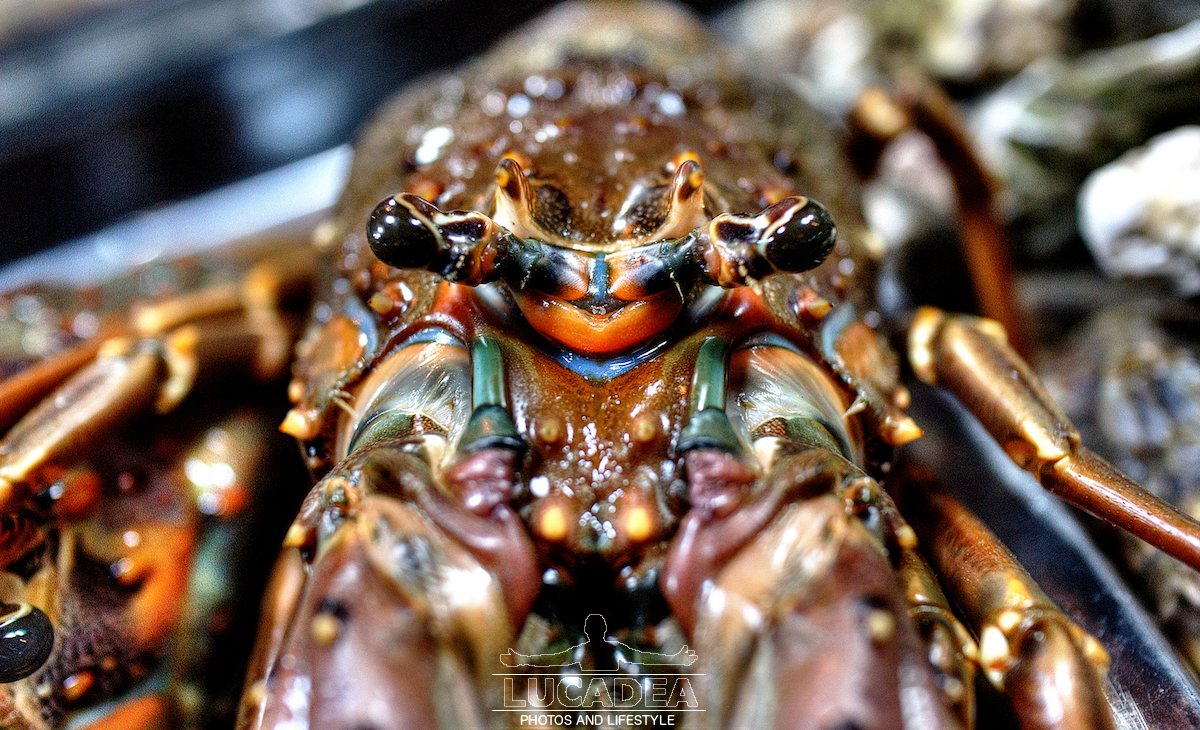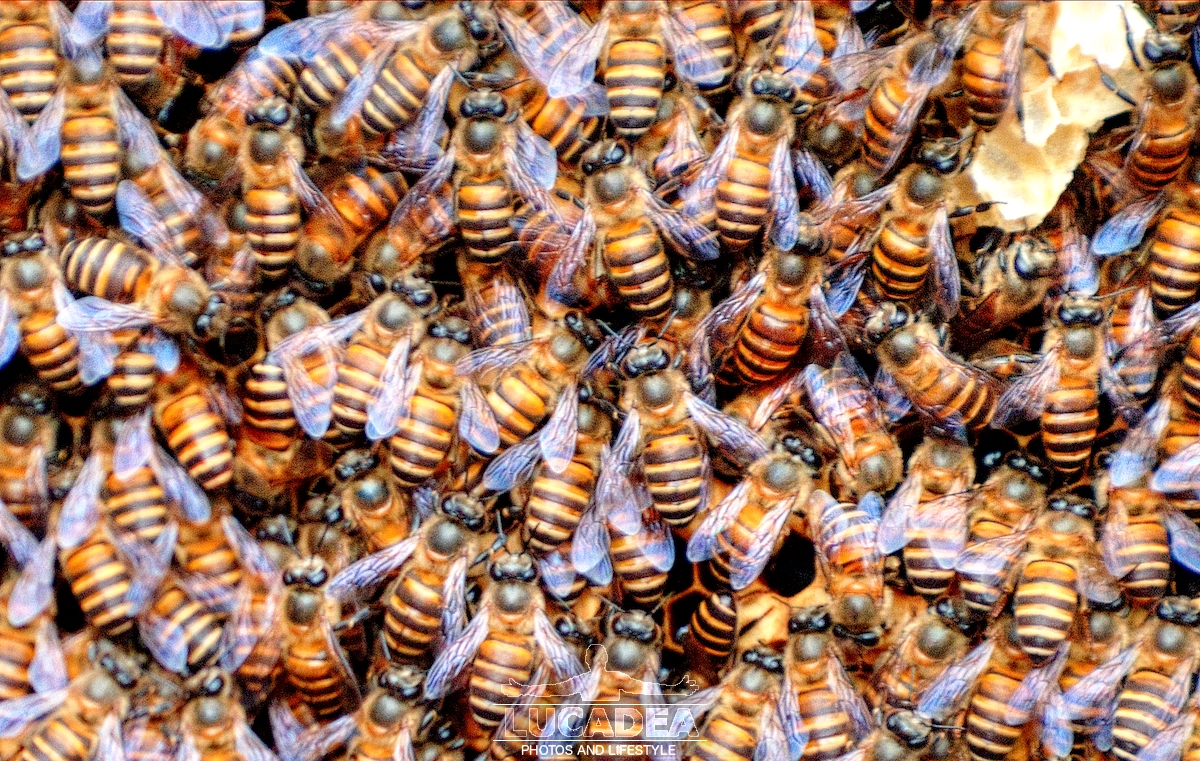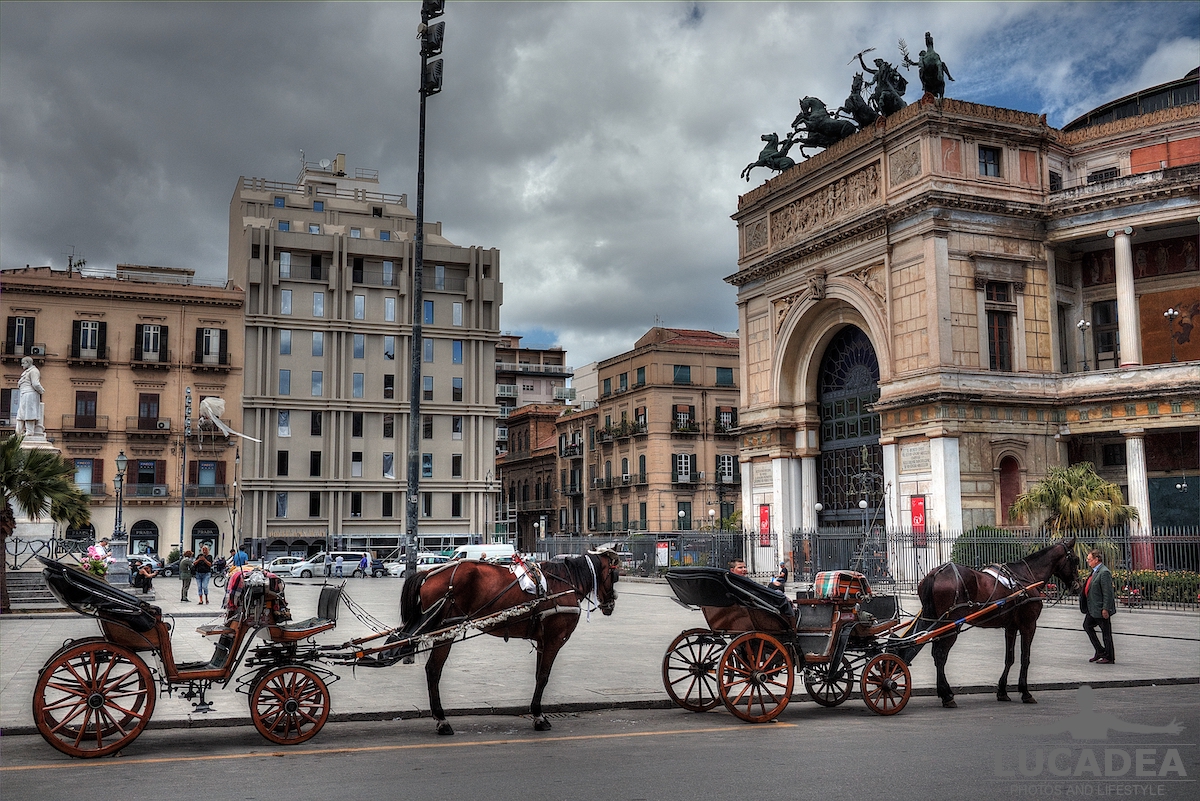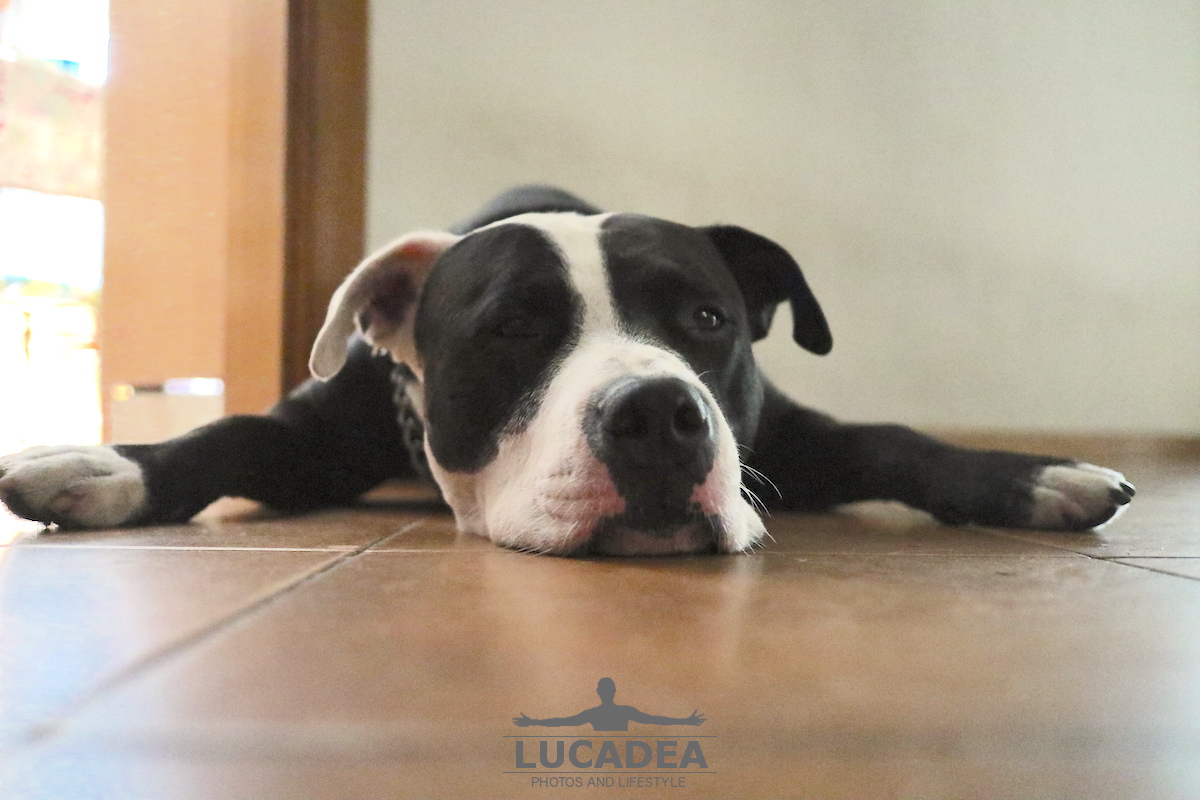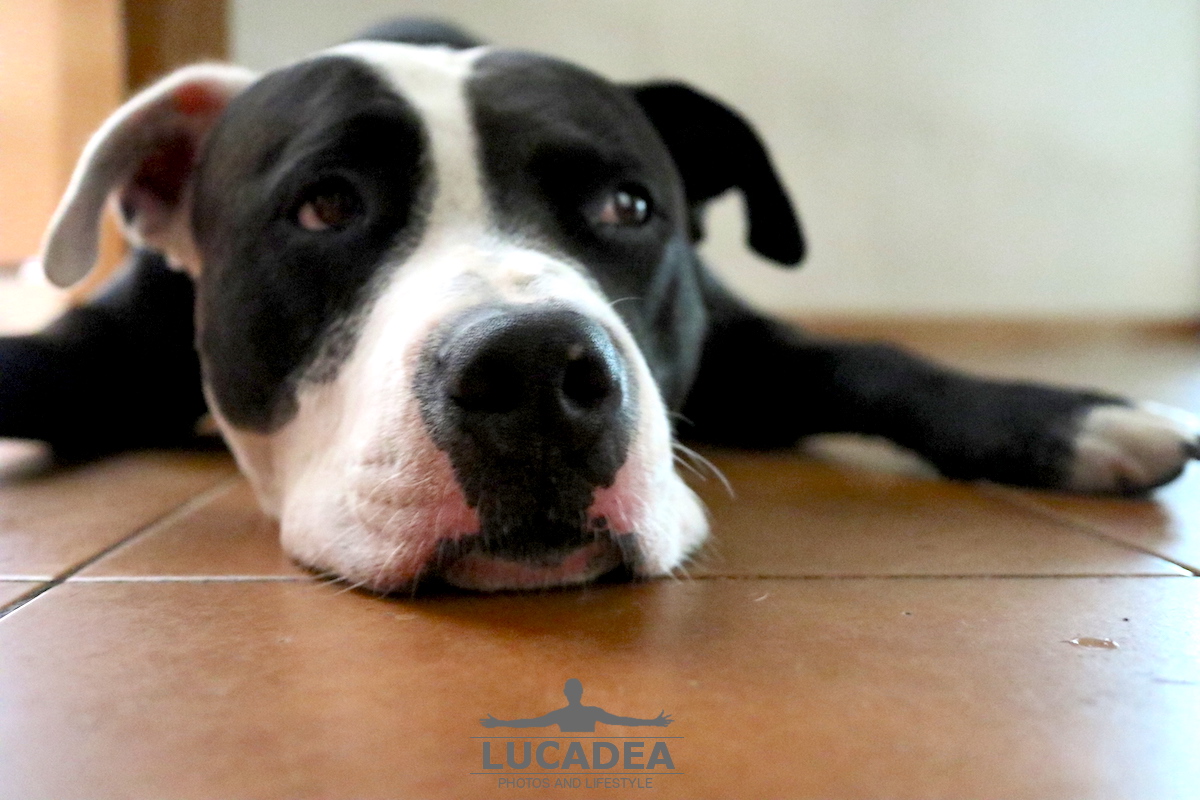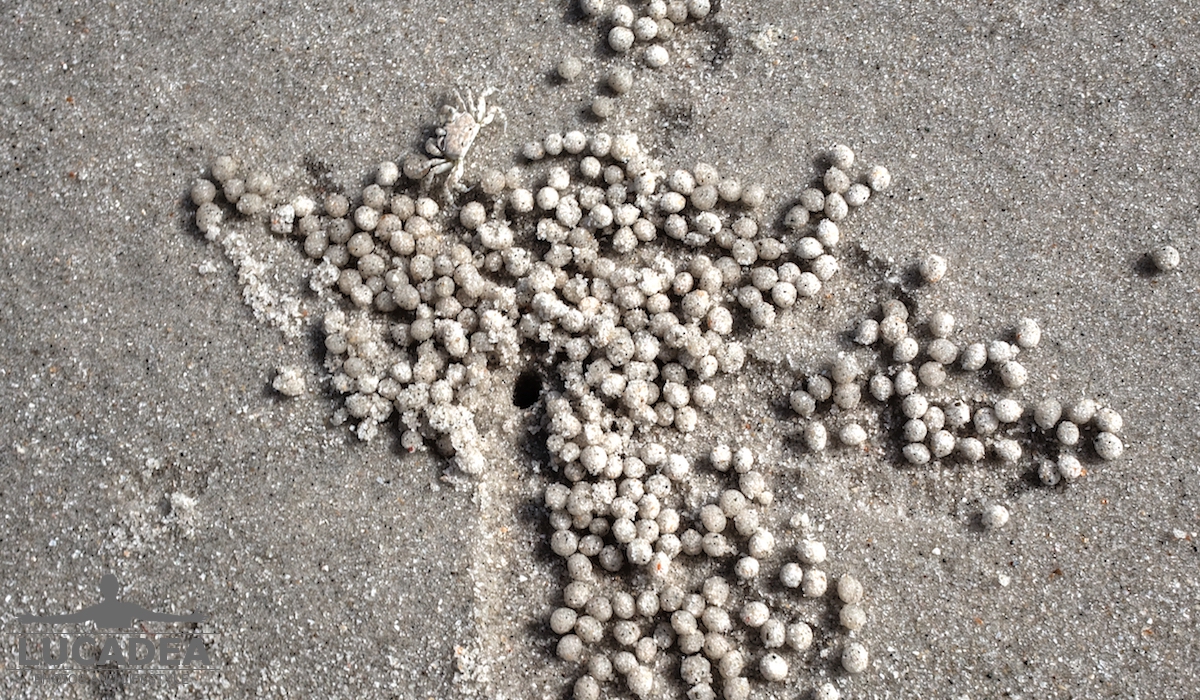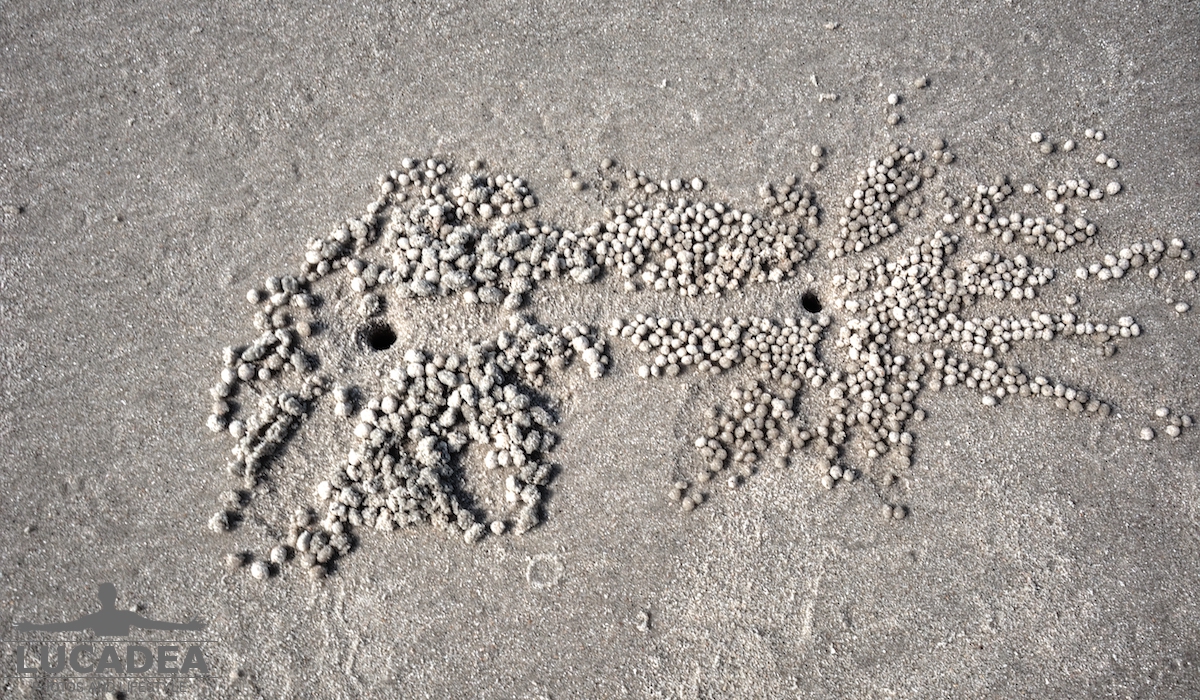L’upupa, un bel volatile anche nel Tigullio.
Qualche settimana fa (esattamente il 28 marzo scorso) passeggiando sulle alture alle spalle di Sestri Levante, esattamente quando ero nei pressi delle ex miniere di Libiola, ho incontrato questo strano ma bello uccello che si muoveva attentissimo a qualche metro da me.
Nonostante avessi con me il mio bel teleobiettivo la distanza non era sufficiente a fare grandi scatti ma comunque si vede bene l’animale.
Subito ho pensato ad un picchio, vedendo il becco lungo. Poi, cercando in rete, ho scoperto che era una upupa uccello che spesso, in quel periodo dell’anno, passa dalle nostre parti.
Ho scoperto che è anche il simbolo della locale sezione della Lipu: la Lipu Tigullio.
Photo taken with Canon EOS M100 and lens Tamron 16-300.
L’upupa è sicuramente uno degli uccelli più appariscenti diffusi nell’area euro-mediterranea: la colorazione molto accesa, rosso-arancio con ali e coda a bande bianche e nere, il lungo becco leggermente ricurvo e la cresta erettile sulla testa risultano inconfondibili fra gli altri uccelli che abitano questa latitudine, sebbene risulti abbastanza difficile avvistare un’upupa in virtù delle sue abitudini schive e della sua predilezione per le aree rurali e scarsamente antropizzate.
Continua e approfondisci con Wikipedia.
The hoopoe, a beautiful bird also in Tigullio / Der Wiedehopf, ein schöner Vogel auch in Tigullio / Hoopoe, một loài chim xinh đẹp cũng ở Tigullio

